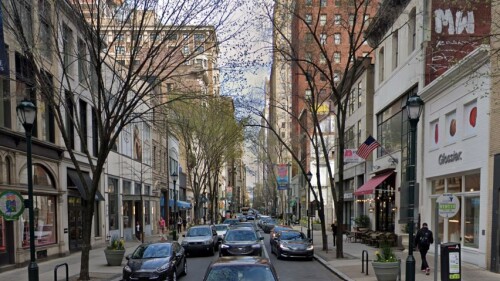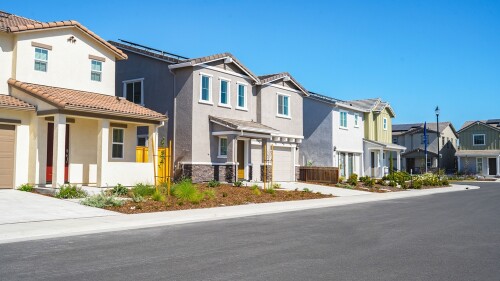Topics
Capital Markets and Finance
In an economy where higher interest rates continue to squeeze the livelihood of commercial real estate market participants everyone is keeping a close watch on economic indicators that could signal a shift in Fed policy.
Since global central banks began hiking interest rates in 2022, Japan’s lower cost of capital has made it a magnet for global investors seeking deals in one of the very few major markets still offering positive yield spreads.
In the session “Financing Tools to Make Affordable Deals Pencil” at the 2024 ULI Housing Opportunity Conference, panelists shared a variety of tools and strategies designed to support the production of more affordable housing.
Design & Planning
Berkeley, California, is emerging as a hub for life sciences and technology firms, with new developments opening in the West Berkeley neighborhood. In June, ULI San Francisco hosted a walking tour through two campuses targeting life sciences research and development tenants at the eastern edge of the San Francisco Bay: theLAB Berkeley and Berkeley Commons.
The ULI Terwilliger Center for Housing has announced three finalists for this year’s Jack Kemp Excellence in Affordable and Workforce Housing Award and eight finalists for the Terwilliger Center Award for Innovation in Attainable Housing.
Move over IndyCar. Formula 1 racing is finally gaining traction in the United States. Places as diverse as Las Vegas, Austin, and Miami (and their respective states) are reaping major economic windfalls from permanent and temporary grand prix racetracks, along with first-class fan amenities and facilities, for this international sport.
Development and Construction
St. Louis, long known as the Gateway to the West, is rapidly becoming the gateway to the region’s future. Diverse communities have begun working together to make the city a major hub for cutting-edge innovations in aerospace, agriculture, finance, transportation, biosciences, entertainment, and much more. The St. Louis Economic Development Partnership is dedicated to finding economic development partners who can help companies thrive in greater St. Louis, regardless of their size, and at the same time help those companies to deliver new opportunities into under resourced neighborhoods.
Nevada, long synonymous with tourism and entertainment, is rapidly transforming into a manufacturing powerhouse. Spearheaded by Tesla’s massive gigafactory, the state has become a magnet for EV production, battery manufacturing, and other industrial sectors. With strategic incentives, a business-friendly climate, and prime geographic location, Nevada is luring companies away from high-cost states like California. However, challenges such as water scarcity and federal land ownership must be addressed to sustain this burgeoning industry.
Chicago has become one of the many major cities nationwide whose downtown office market has been negatively affected by the pandemic and the associated increase in remote work. To boost development in its downtown core, the city of Chicago recently announced that it will offer $150 million in subsidies to real estate developers. The move will help develop more than 1,000 apartments in four separate adaptive-use developments.
Resilience and Sustainability
ASTM International, a standards-setting organization, has released a new standard guide for assessing a property’s degree of resilience to physical climate hazards, thus marking a key milestone in the process of scaling up climate adaptation in real estate and the built environment. As property losses and disruption from such hazards as storms, wildfires, and floods continue to rise, the new standard guide, ASTM E3429—the Property Resilience Assessment—is designed to provide real estate owners, developers, investors, insurers, lenders, design teams, and regulators with a consistent means of determining how resilient a given property is and, potentially, what would be needed to better protect it.
ULI’s Randall Lewis Center for Sustainability in Real Estate held roundtable discussions with members of the ULI Americas Sustainable Development Council, the ULI Asia Pacific Net Zero Council, and the ULI Europe Sustainability Council to inform an outlook for 2025. During the discussions, members addressed sustainability topics and issues that are on the rise, why they matter, and what actions the industry should pursue in the future. Based on expert knowledge shared by those who attended, ULI identified five issues that will shape real estate decision-making in the coming months.
On January 7, 2025, when sparks began igniting the communities of Pacific Palisades, Malibu, Pasadena, Altadena, Hollywood, and others, the city of Los Angeles had been struggling to produce 486,379 new housing units by 2029, a number mandated by California’s Regional Housing Needs Assessment (RHNA) to address the shortfall.
Issues and Trends
The impact of daytime workers on certain types of retail has long been overstated. Yes, they provide critical support for lunch eateries and coffee bars, as well as select services including fitness studios and shoe repair. But downtowns could never count on this demographic for much more than that.
Housing affordability is an ongoing challenge, one that has been exacerbated in the last few years by rising interest rates and home prices. One alternative that is proving popular is the build-to-rent (BTR) model, which includes communities with apartment-style or single-family homes, or a combination of both.
At the 2024 ULI Housing Opportunity Conference, panelists discussed the topic of “Innovative Partnerships to Leverage Land for More Housing,” including strategies to add to local housing supplies by leveraging underutilized land owned by houses of worship and school districts.

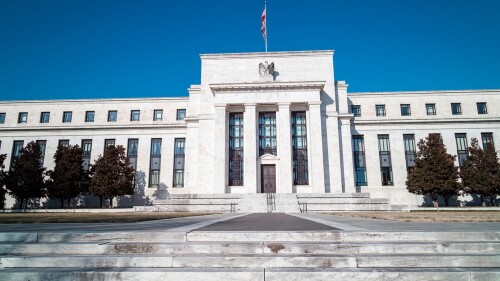


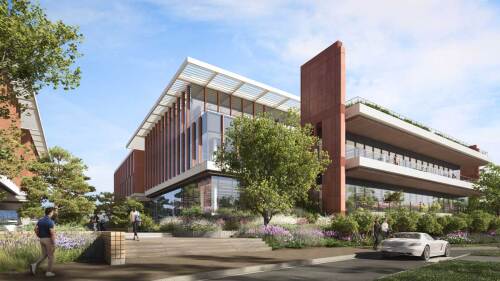


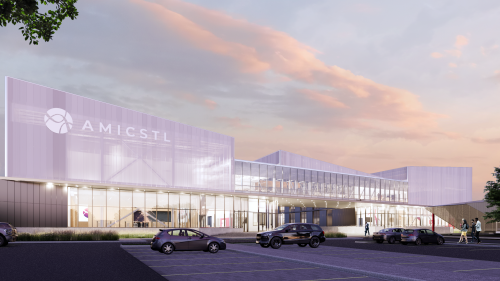
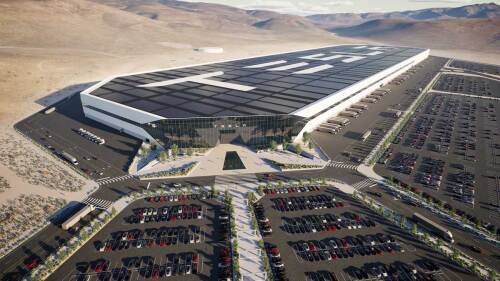
![30_north_lasalle_street_8712042[1].jpeg](https://cdn-ul.uli.org/dims4/default/4322ee3/2147483647/strip/true/crop/465x261+0+235/resize/500x281!/quality/90/?url=https%3A%2F%2Fk2-prod-uli.s3.us-east-1.amazonaws.com%2Fbrightspot%2Fcb%2Fbe%2Fec9022084f7ca4fca698c5e7c0d5%2F30-north-lasalle-street-87120421.jpeg)



